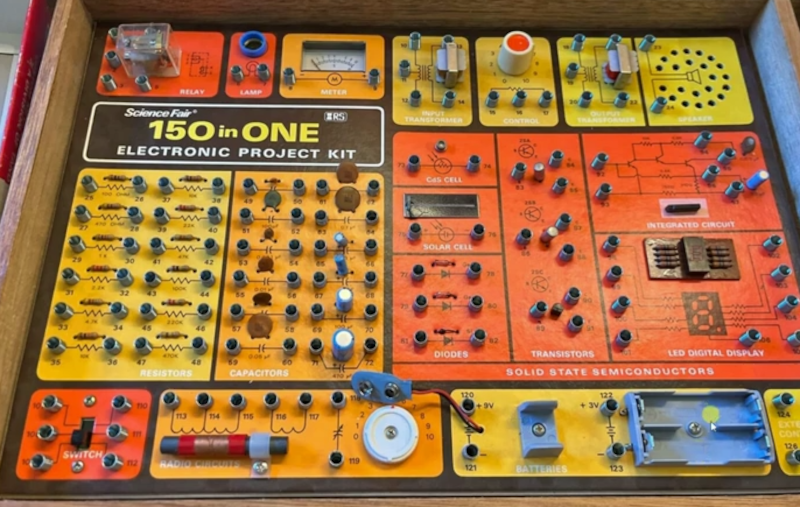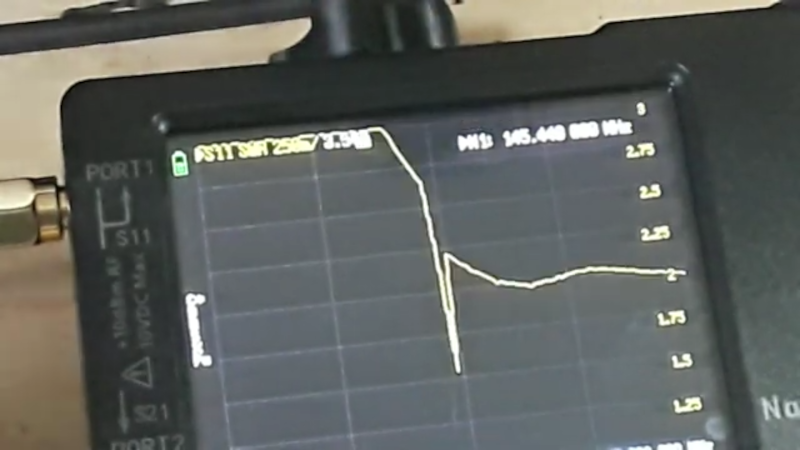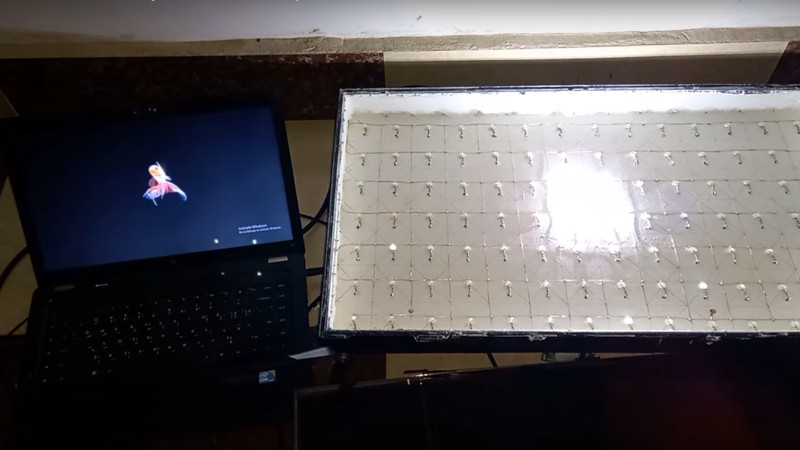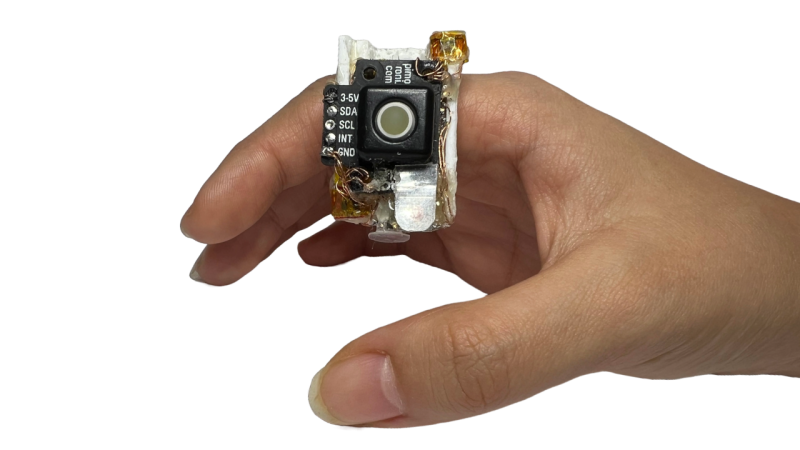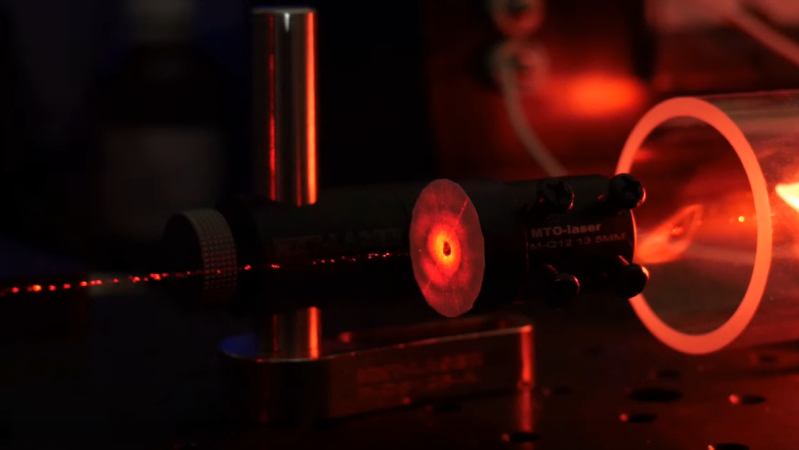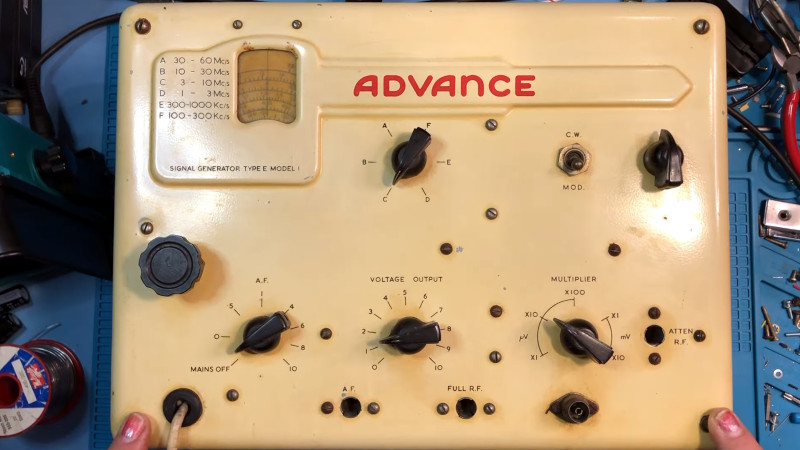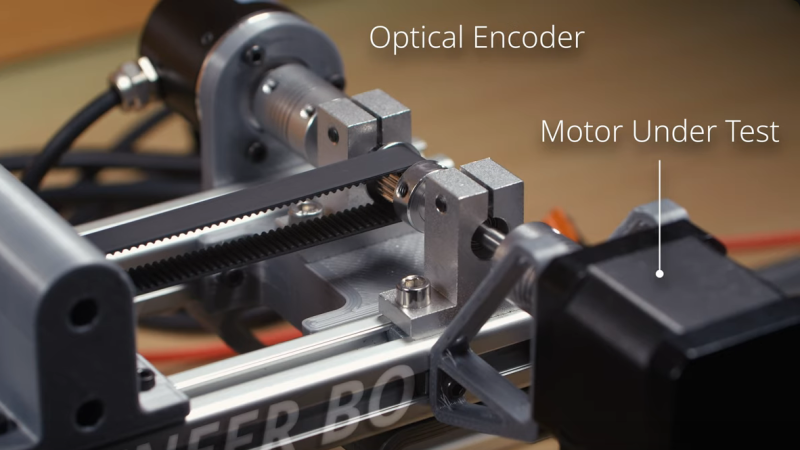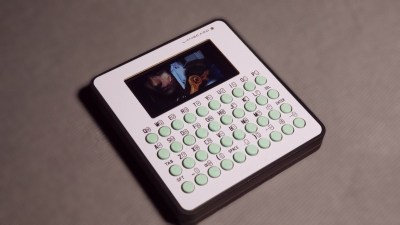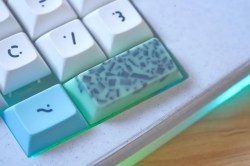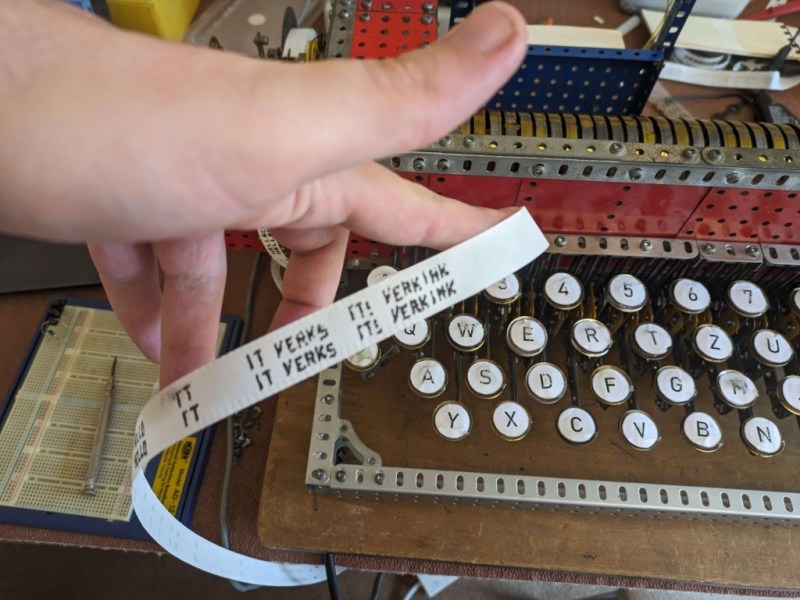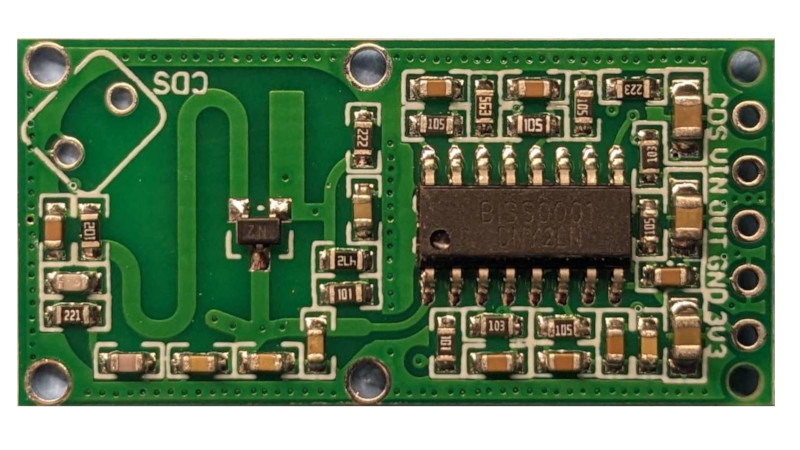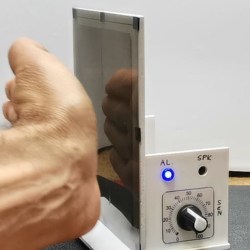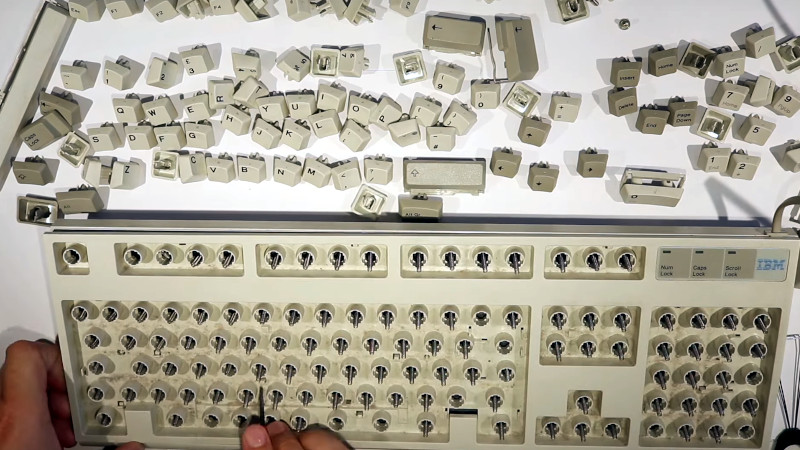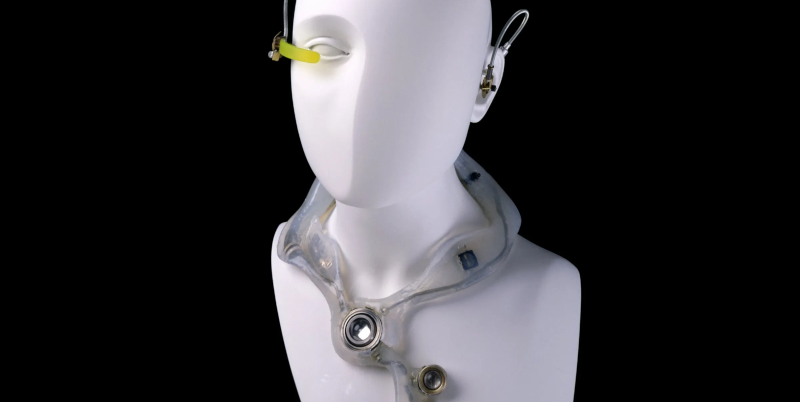A Second OctoPrint Plugin Has been Falsifying Stats
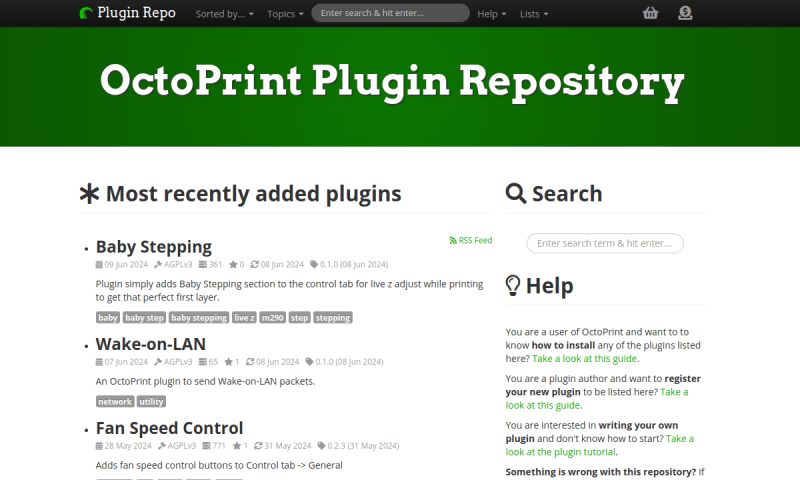
The ongoing story of bogus analytical data being submitted to the public OctoPrint usage statistics has taken a surprising turn with the news that a second plugin was being artificially pushed up the charts. At least this time, the developer of the plugin has admitted to doing the deed personally.
Just to recap, last week OctoPrint creator [Gina Häußge] found that somebody had been generating fictitious OctoPrint usage stats since 2022 in an effort to make the OctoEverywhere plugin appear to be more popular than it actually was. It was a clever attempt, and if it wasn’t for the fact that the fake data was reporting itself to be from a significantly out of date build of OctoPrint, there’s no telling how long it would have continued. When the developers of the plugin were confronted, they claimed it was an overzealous user operating under their own initiative, and denied any knowledge that the stats were being manipulated in their favor.
 Presumably it was around this time that Obico creator [Kenneth Jiang] started sweating bullets. It turns out he’d been doing the same thing, for just about as long. When [Gina] contacted him about the suspicious data she was seeing regarding his plugin, he owned up to falsifying the data and published what strikes us as a fairly contrite apology on the Obico blog. While this doesn’t absolve him of making a very poor decision, we respect that he didn’t try to shift the blame elsewhere.
Presumably it was around this time that Obico creator [Kenneth Jiang] started sweating bullets. It turns out he’d been doing the same thing, for just about as long. When [Gina] contacted him about the suspicious data she was seeing regarding his plugin, he owned up to falsifying the data and published what strikes us as a fairly contrite apology on the Obico blog. While this doesn’t absolve him of making a very poor decision, we respect that he didn’t try to shift the blame elsewhere.
That said, there’s at least one part of his version of events that doesn’t quite pass the sniff test for us. According to [Kenneth], he first wrote the script that generated the fake data back in 2022 because he suspected (correctly, it turns out) that the developers of OctoEverywhere were doing something similar. But after that, he says he didn’t realize the script was still running until [Gina] confronted him about it.
Now admittedly, we’re not professional programmers here at Hackaday. But we’ve written enough code to be suspicious when somebody claims a script they whipped up on a lark was able to run unattended for two years and never once crashed or otherwise bailed out. We won’t even begin to speculate where said script could have been running since 2022 without anyone noticing…
But we won’t dwell on the minutiae here. [Gina] has once again purged the garbage data from the OctoPrint stats, and hopefully things are finally starting to reflect reality. We know she was already angry about the earlier attempts to manipulate the stats, so she’s got to be seething right about now. But as we said before, these unfortunate incidents are ultimately just bumps in the road. We don’t need any stat tracker to know that the community as a whole greatly appreciates the incredible work she’s put into OctoPrint.
